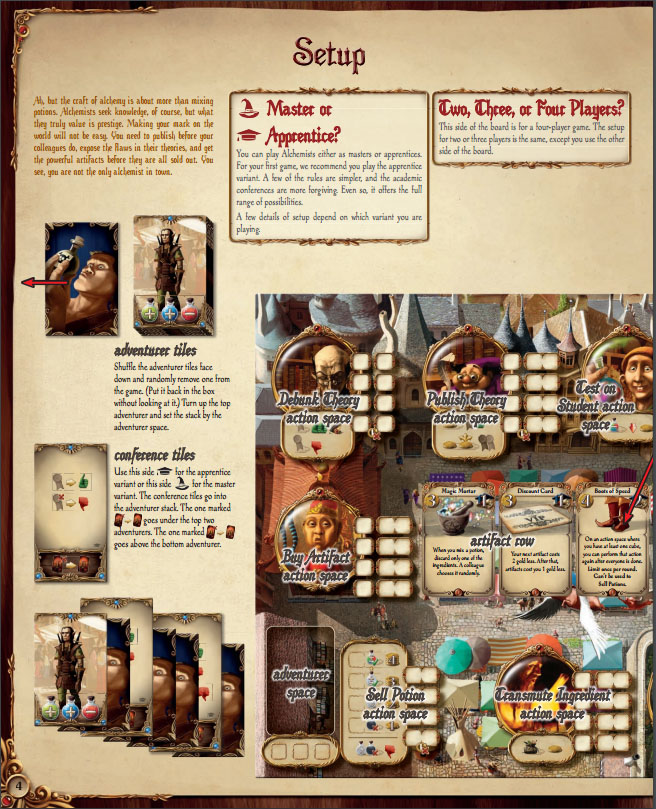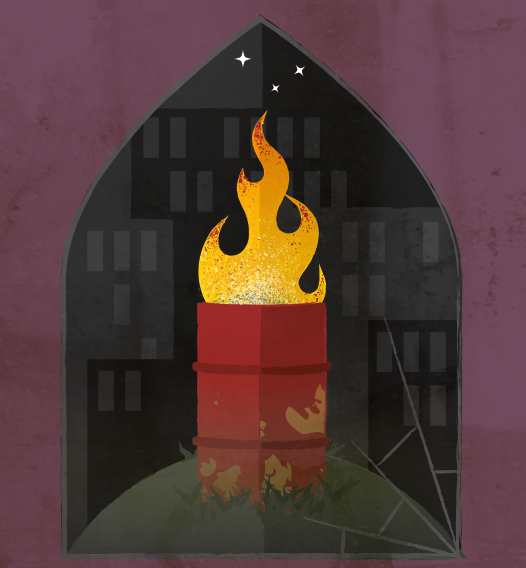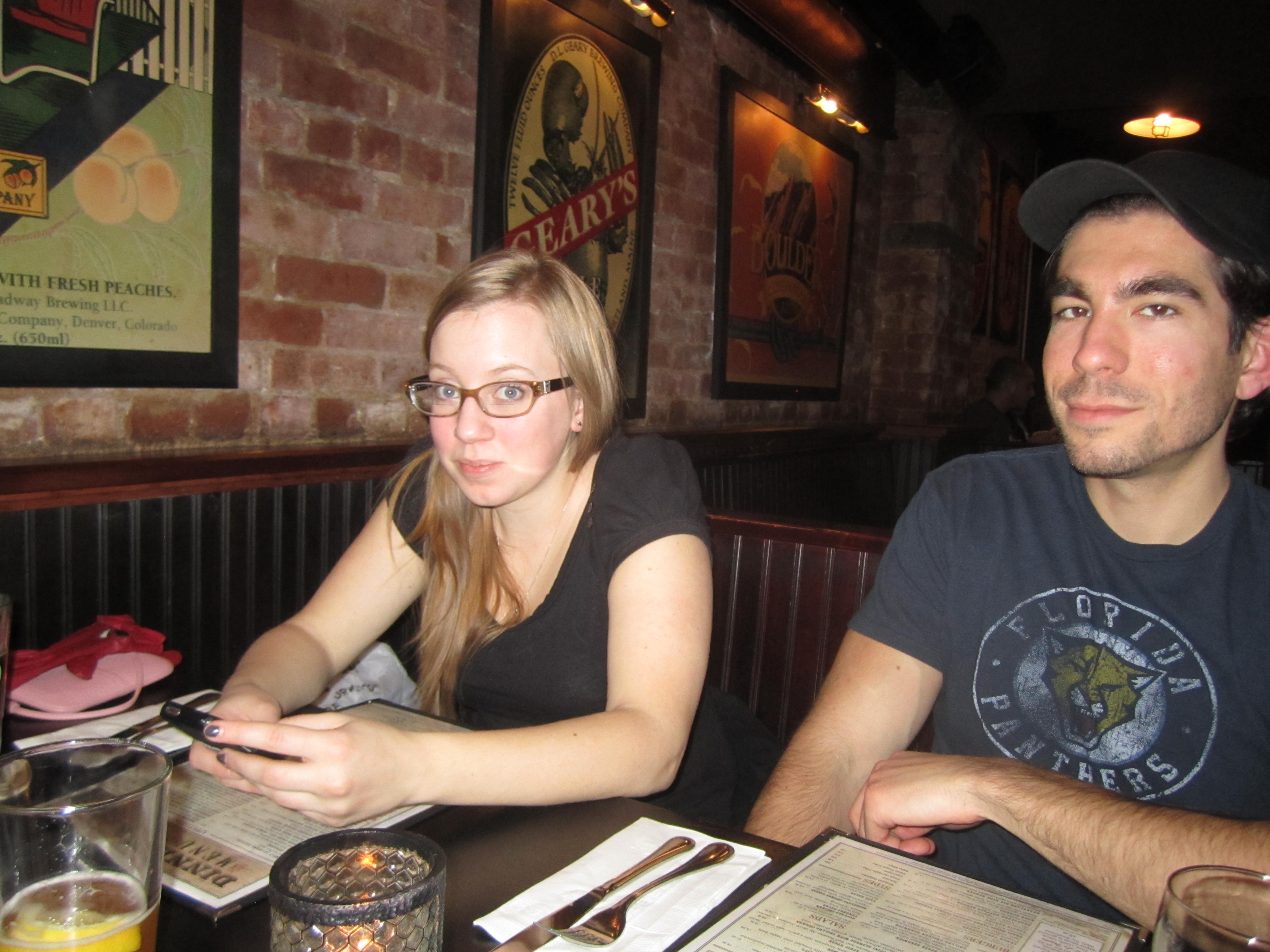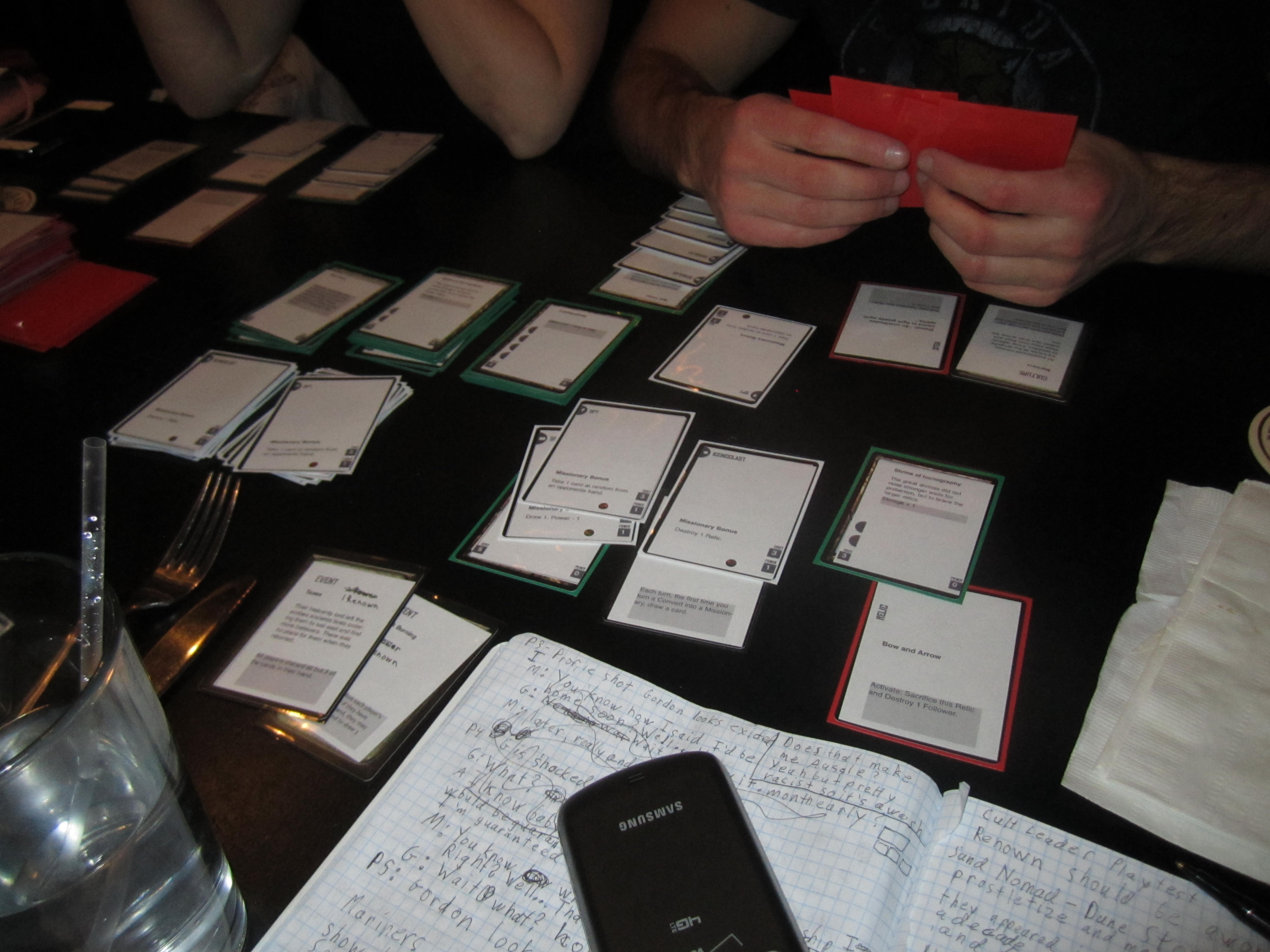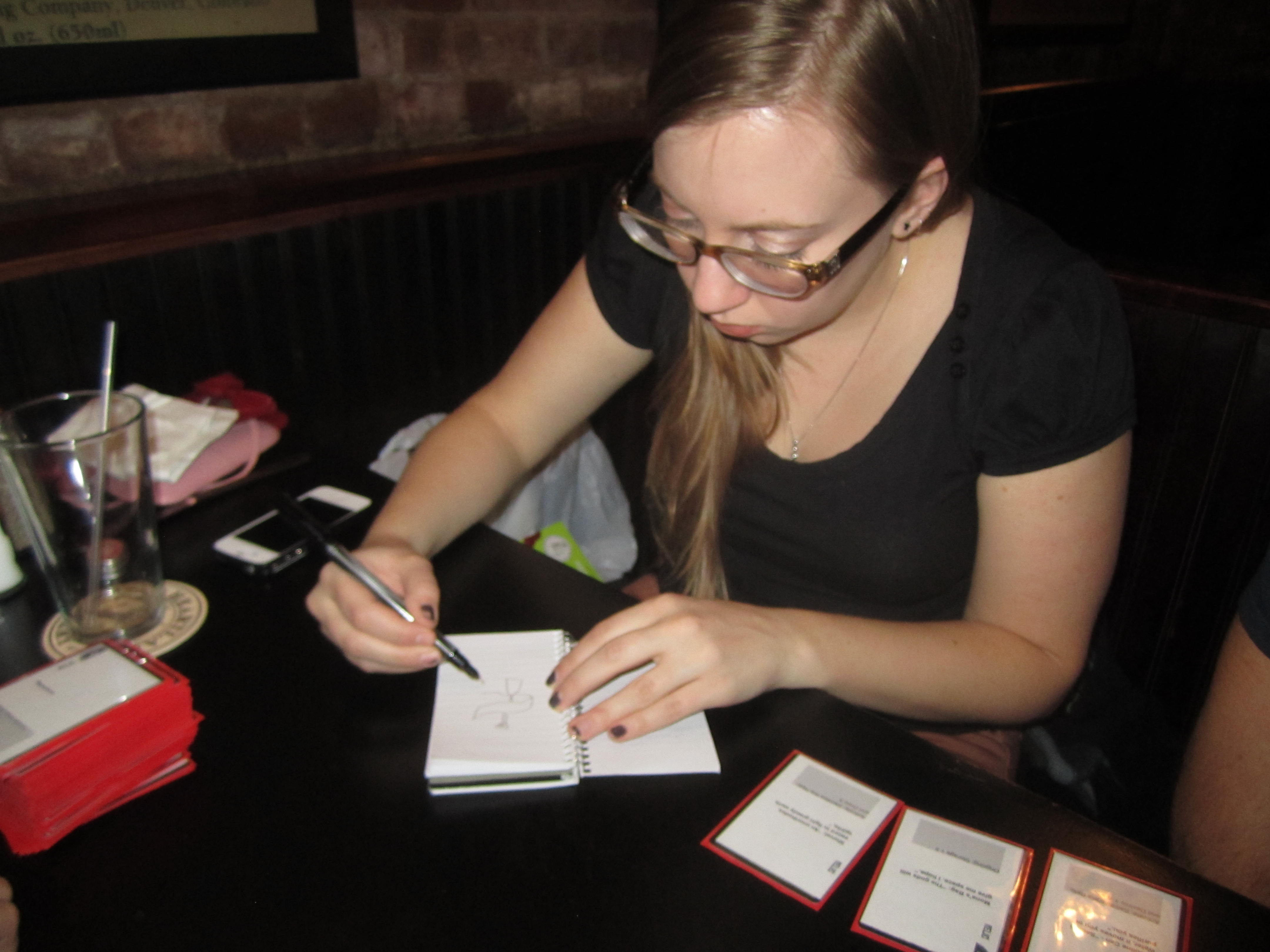With Hands Wide Open
Earlier in the life of Scrapture, back when it was known as Cultus, players had a hand of cards that were hidden from their opponents. Games I had played and liked did things that way, so I ended up doing it too. What I liked about hands in other games (such as Magic) is that you always had to be thinking about what your opponent had. And similarly, you could hide important information from your opponent or trick them into thinking you had something you didn’t. They also make the game less mechanical and more strategic. After all, if you know everything your opponent has at all times, you should be able to play perfectly.
When I decided to try to simplify the game, one of the main components on the chopping block was Influence cards. Influence cards were what player’s hands were comprised of, and while I liked them, they were the easiest thing to cut. They felt supplementary, but in terms of mechanics and theme. With Influence out of the way, my initial instinct was to put Follower cards in their place. Players had to have a hand of cards, after all. Or did they?
I asked myself the question. What did the game gain by having a hidden hand? What would happen if hands were open information? In designing Scrapture, one of the biggest challenges has been getting players to interact and care about each other’s board, without resorting to “take-that” style mechanics. When hands were hidden, players tended to ignore each other and build their solitaire engine. If I added attack cards so that players could stop each other, that always felt bad for both the attacker and the victim.
When I tested open hands, just the opposite happened. The attack cards were still there, but people didn’t feel bad. They could see everything on the board, which allowed them to play around attacks. Players even felt good about successfully thwarting an attack. And the best part? Players were looking across the board to see what their opponents were doing and adjusting their strategy accordingly! I can’t tell you how good that made me feel after struggling to do just that for so long.
The lesson learned here is to challenge the core assumptions about what your game is. Look for those “what if” questions. Think about what each of your mechanics is bringing to the game and how they influence the behavior of your players.





